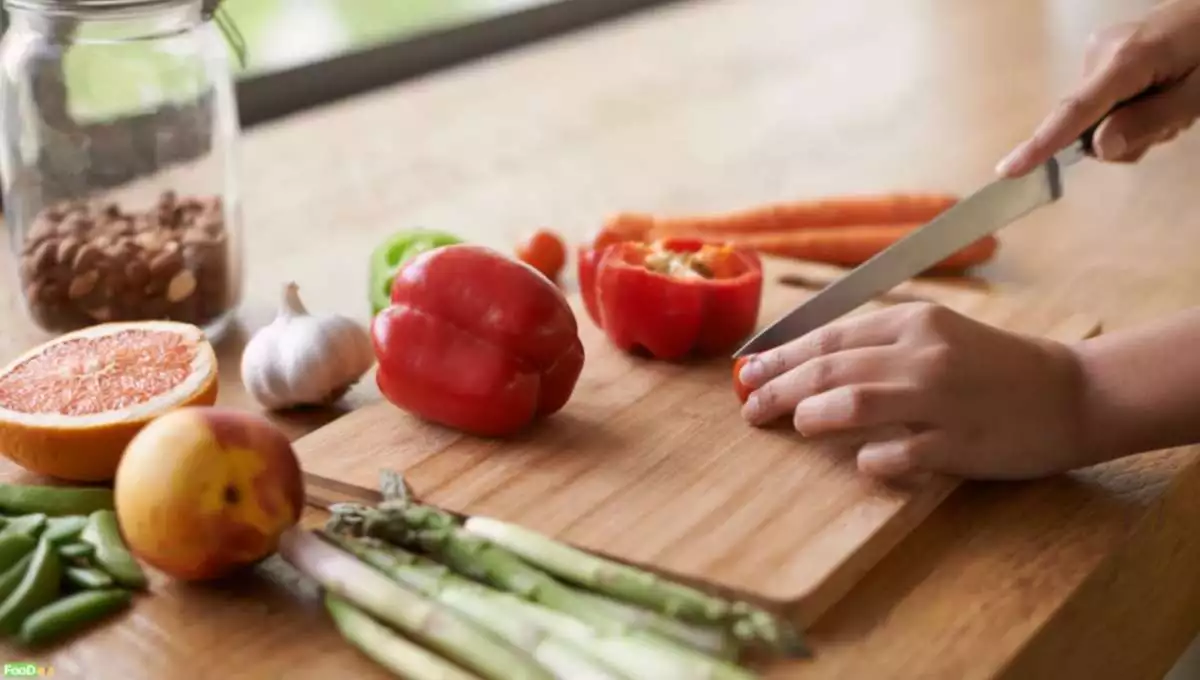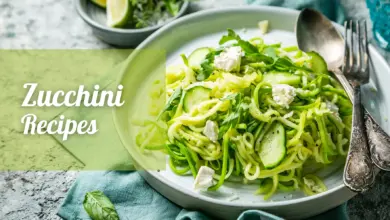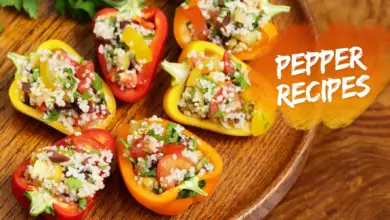Cooking Indian Food – How to Get Started With Top 3 Basic Rules

Cooking Indian Food
Table of Contents
Introduction
Indian food is different from the remainder of the planet in taste also as in cooking methods. It reflects an ideal blend of varied cultures and ages. A bit like Indian culture, food in India has also been influenced by various civilizations, that have contributed their share in its overall development and therefore the present form.
In India now, with a growing economy because of liberalization and more consumption than ever in bourgeoisie life, food as something to be enjoyed and as a neighborhood of Indian culture may be a popular topic. From a 1960s food economy verging on famine, India is now a society where food appears plentiful, and thus the aesthetic possibilities are staggering. Popular television shows that demonstrate culinary skills required for cooking Indian food, often with celebrity chefs or unknown local housewives who may have won a contest, dominate daytime ratings. Local native specialties and ways of cooking are the themes of domestic and international tourism brochures.
Throughout history, various invaders have skilled India and left their stamp behind on its cuisine. there have been Aryans, Persians, Arabs, British, and thus the Portuguese to call just a few of. The result is dishes that are so delicious, a variety of them are legendary. With numerous languages and each region having its food specialties, the list of terms used is often exhaustive. they will even be confusing for a novice to Indian cooking. If you can’t tell an achaar from a biryani or chai from idli, you’ll need to do some studying of Indian cookbooks to see how the various dishes, ingredients, and cooking techniques work.
Cooking Indian food is a craft mainly because even though the cooking procedure is straightforward, the balance of the myriad elements and spices used in the food is a matter of practice. In North India or South India, ample spices are used in food. We must not forget that every single spice utilized in Indian dishes carries some or the other nutritional as well as medicinal properties.
In India, cooking is taken into account as an art. Mothers usually begin to teach their daughters fairly young in life, passing down family recipes by show-and-tell. Food could also be a really serious business. In most Indian homes, even during today and age when most women work outside the house, if one isn’t cooking or eating a meal, one is planning what to cook next. Meals nearly always include several dishes, dessert (like traditional shahi falooda), and a staple or two like “rice and chapatis”
Diverse, delicious, and not as difficult to cook as you’d possibly think, Indian food is among the leading cuisines of the earth. With every state, city, and even every home having its recipes for thousands of dishes, you’ll imagine how the variability is mind-boggling.
Cooking Indian food may seem intimidating at first but trust me if you have the right approach, the right equipment, and keep a few basic rules in mind, you can cook at Indian recipes.
So let’s get started with 3 basic rules of Cooking Indian Food.
Rule 1: Cooking Indian Food: Mastering the Art of Tempering (Tadka)
Tempering, also known as “tadka,” is a technique widely used in Indian cuisine to enhance the flavor profile of dishes. It involves adding a mixture of spices, herbs, and aromatics to hot oil or ghee, which is then poured over the cooked dish. To master the art of tempering, follow these steps:
- Warm up the oil or ghee in a skillet over a moderate heat setting.
- Add whole spices like cumin seeds, mustard seeds, or fenugreek seeds.
- Once the spices start sizzling and releasing their aroma, add finely chopped onions, garlic, ginger, or green chilies.
- Cook the ingredients over medium heat until the onions acquire a luscious golden-brown hue.
- Pour the tempered mixture over your prepared dish and mix well to incorporate the flavors.
Tempering adds depth and complexity to Indian recipes, elevating them to new heights of deliciousness.
Rule 2: Cooking Indian Food: Perfecting the Spice Blend
Spices are the heart and soul for Cooking Indian Food. They lend a unique character to each dish and play a crucial role in achieving the distinct flavors that Indian cuisine is known for. Here’s how you can perfect your spice blend:
- Start with the essential spices like turmeric, cumin, coriander, and garam masala.
- Experiment with additional spices like cardamom, cinnamon, cloves, or nutmeg to create more complex flavors.
- Grind whole spices at home for the freshest taste, or opt for pre-ground spices if you prefer convenience.
- Use the right amount of spices to strike a balance between flavors without overpowering the dish.
- Store your spices in a cool, dark place to preserve their freshness and potency.
By mastering the art of blending spices, you’ll be able to create authentic Indian flavors in your own kitchen.
Rule 3: Cooking Indian Food: Nailing the Techniques for Rice and Lentils
Rice and lentils are staples in Indian cuisine, and getting them right is crucial for a satisfying meal. Follow these techniques to ensure perfectly cooked rice and flavorful lentils:
- Cooking Rice:
- Thoroughly wash the rice to eliminate any surplus starch.
- Use the appropriate ratio of water to rice (typically 1:2) and bring it to a boil.
- Lower the heat, cover the pot, and let the rice simmer until all the water is absorbed.
- Using a fork, delicately fluff the cooked rice to separate each individual grain.
- Cooking Lentils:
- Rinse the lentils to remove any debris.
- Add the lentils to a pot with water or broth, along with aromatics like onions, garlic, and spices.
- Simmer the lentils until they reach a tender consistency, ensuring they remain intact and not overly soft.
- Season the lentils with salt and any additional spices according to your taste.
Perfectly cooked rice and flavorful lentils form the foundation of many Indian dishes, so mastering these techniques is essential.
Tips for Enhancing the Flavors of Indian Dishes
In addition to the basic rules, there are several tips and tricks you can employ to elevate the flavors of your Indian dishes:
- Adding Aromatics and Herbs:
- Incorporate fragrant ingredients like curry leaves, cilantro, mint, or fresh fenugreek to enhance the aroma and taste of your dishes.
- Utilizing Yogurt and Cream for Richness:
- To add a creamy texture and richness to curries, consider stirring in yogurt or cream towards the end of cooking.
- Incorporating Tangy Ingredients for Balance:
- Balancing flavors is crucial in Indian cuisine. Use tangy ingredients like tamarind, lemon juice, or amchur (dried mango powder) to achieve the perfect balance of sweet, sour, and spicy.
By implementing these tips, you’ll be able to add depth and complexity to your Indian dishes, impressing your taste buds and those of your family and friends.
Exploring Regional Indian Cuisines
The cuisine of India is exceptionally diverse, with every region showcasing its distinctive flavors and gastronomic customs. Here are some highlights from different parts of India:
- North Indian Cuisine:
- Popular dishes include butter chicken, biryani, naan bread, and various kebabs.
- South Indian Cuisine:
- Notable dishes include dosas, idlis, sambhar, rasam, and coconut-based curries.
- East Indian Cuisine:
- Famous dishes from this region include fish curry, mishti doi (sweet yogurt), sandesh (milk-based sweet), and various seafood preparations.
- West Indian Cuisine:
- Well-known dishes include vada pav, dhokla, thepla, and an array of flavorful vegetarian and seafood dishes.
Exploring the regional cuisines of India will introduce you to a whole new world of flavors and culinary traditions.
Tips for Beginners to Start Cooking Indian Food
If you’re a beginner looking to start cooking Indian food, here are a few tips to help you get started:
- Begin with Simple Recipes:
- Start with straightforward recipes that use a limited number of ingredients and spices. This will allow you to grasp the basics before moving on to more complex dishes.
- Experiment with Flavors and Ingredients:
- Indian cuisine offers a vast array of spices and ingredients. Don’t be afraid to experiment and adjust flavors according to your preferences. Enjoy the process of discovering new combinations that excite your taste buds.
- Utilize Online Resources and Cookbooks:
- Take advantage of online resources, recipe blogs, and Indian cookbooks to learn more about techniques, ingredients, and traditional recipes. This will expand your knowledge and provide you with a wealth of inspiration.
Remember, cooking is an art, and practice makes perfect. Embrace the journey of exploring Indian cuisine and have fun along the way.
Conclusion
Cooking Indian food is a delightful and flavorful experience that allows you to explore a rich culinary heritage. By mastering the basic rules of Cooking Indian Food, such as tempering, perfecting spice blends, and nailing rice and lentil techniques, you’ll be well on your way to creating authentic and delicious Indian dishes. Don’t be afraid to experiment, explore regional cuisines, and incorporate your own personal touch. With practice and a passion for flavors, you’ll soon become a skilled Indian home cook, delighting yourself and others with the magic of Indian cuisine.
FAQs:
Q1. Is Indian food always spicy?
While Indian cuisine is known for its spice, not all dishes are overly spicy. The degree of spiciness can be customized according to personal taste preferences.
Q2. Can I substitute spices in Indian recipes?
Yes, you can experiment with spice substitutions based on what you have available. However, keep in mind that this may alter the flavor profile of the dish.
Q3. Are there vegetarian options in Indian cuisine?
Absolutely! Indian cuisine offers a wide range of vegetarian dishes, thanks to its rich tradition of vegetarian cooking.
Q4. What are some popular Indian desserts?
Popular Indian desserts include gulab jamun, kheer (rice pudding), jalebi, and rasgulla.
Q5. Where can I find authentic Indian ingredients?
You can find Indian ingredients at local Indian grocery stores or online retailers specializing in ethnic ingredients.
Related Articles
Indian Food – A Comprehensive guide
Indian Cuisine – An Aromatic Speciality
Indian Restaurants – Where and What To Eat
10 OF the Most Popular Indian Foods to try
Indian Dinner Recipes – What do Indians have for dinner ? Popular 8 Dinner Dishes
Indian Dishes – Flavorful and Luscious









